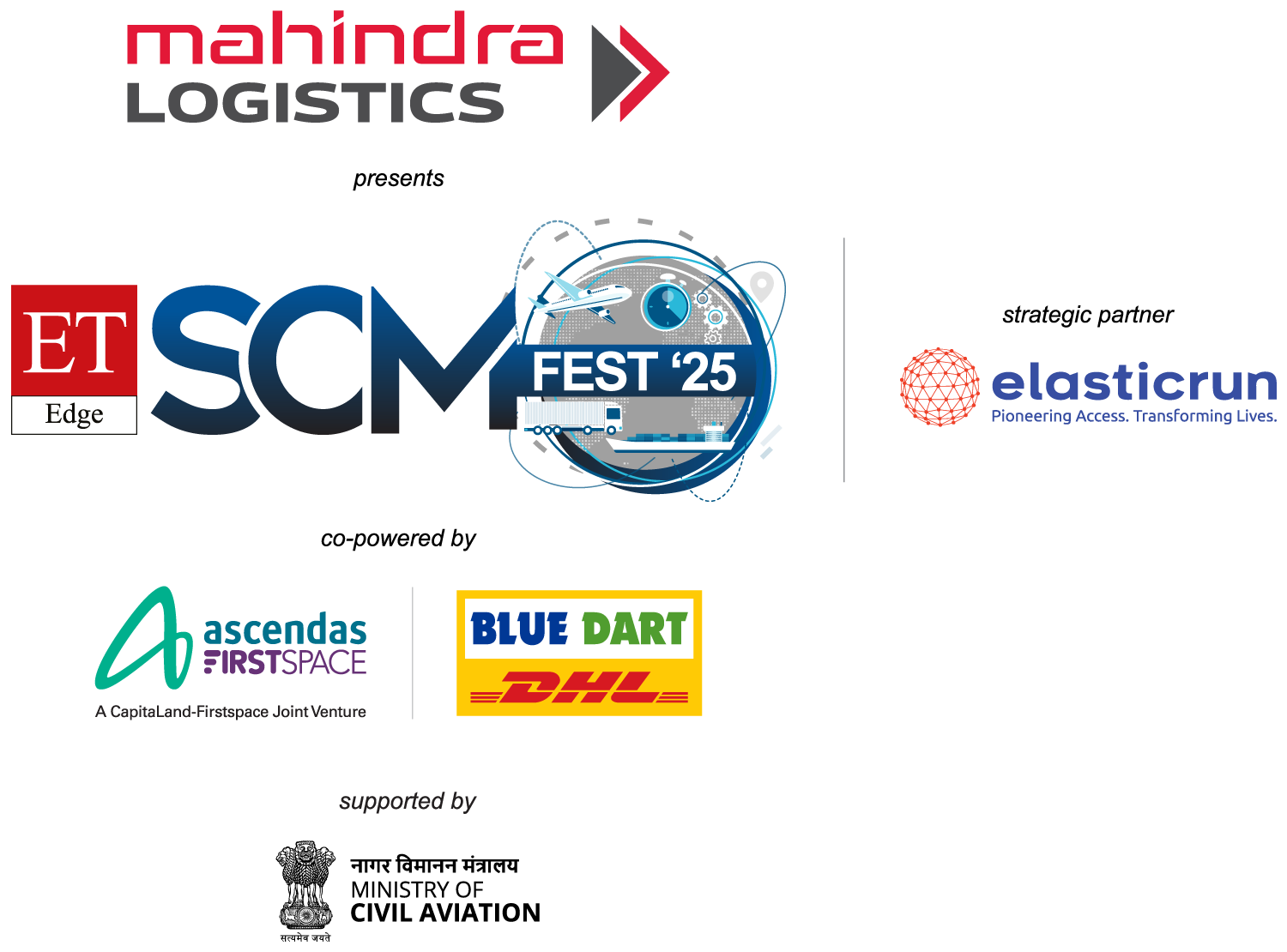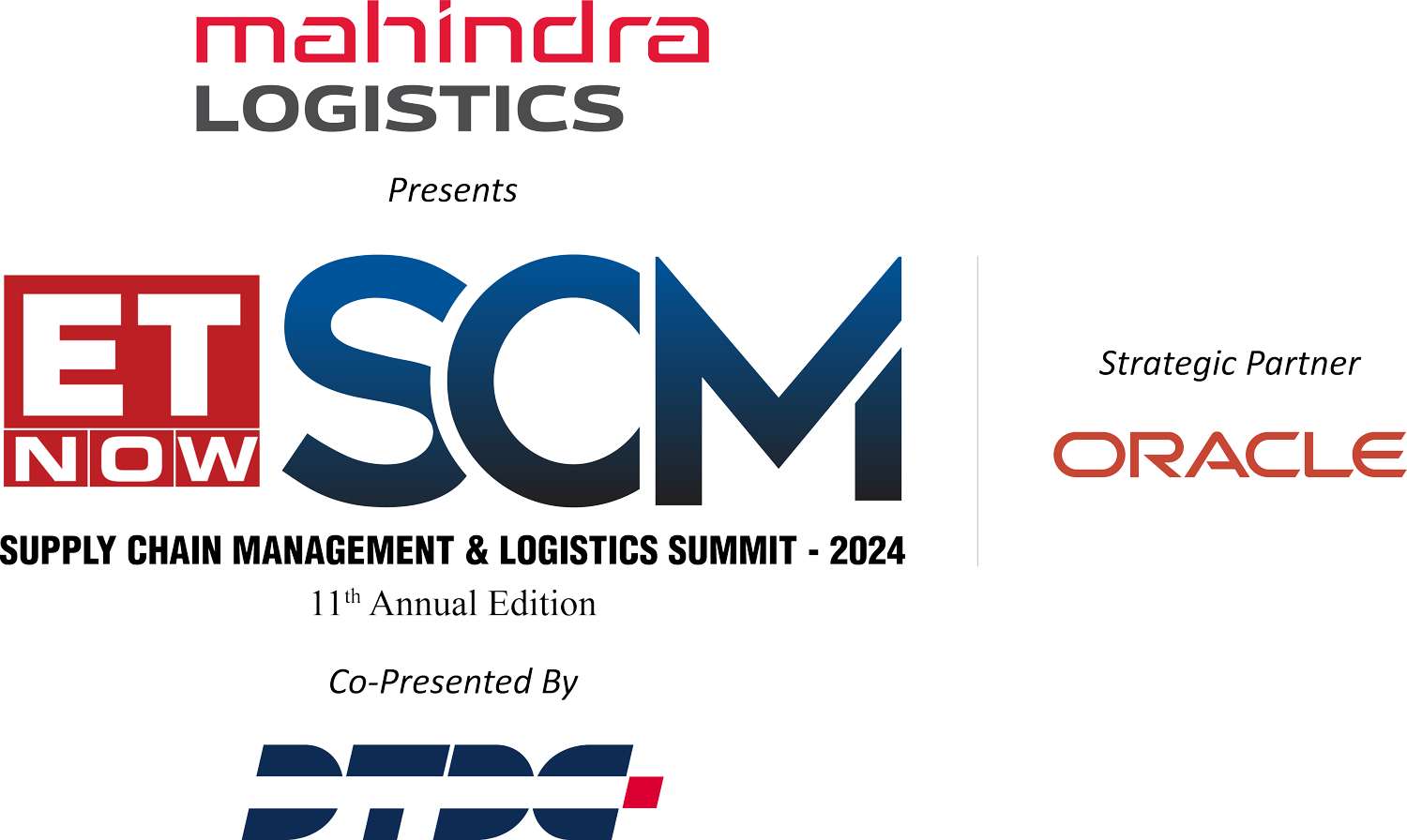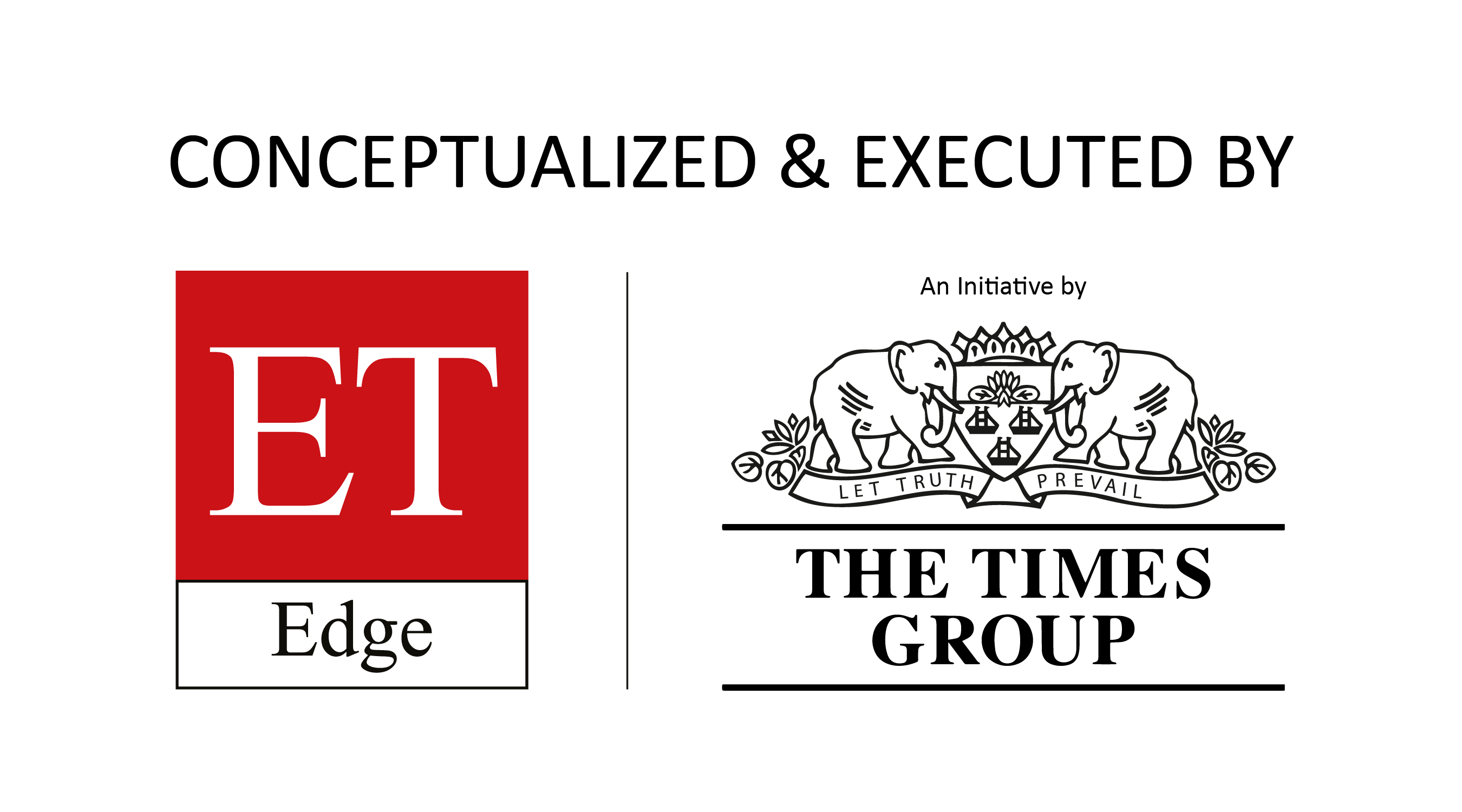Article
- Home
- Article

- scmcp2025
- 0 Comments
Supply Chain Renaissance: Enabling Growth and Innovation in Modern Business
Written by: Dr. Ravi Prakash Mathur, Vice President and Head of Global Logistics, Dr. Reddy’s Laboratories
The conventional role of the supply chain function has been centered around sustaining and supporting existing revenue flows. Primarily, this involved maintaining continuity of supplies and ensuring no disruptions in the upstream (suppliers) and downstream (distribution) supply chains. Predicting and fulfilling demand accurately, often achieved through the use of digital planning systems, and focusing on vendor development to secure reliable sources of materials and products were also key responsibilities. Traditional performance metrics evaluated the supply chain’s effectiveness in these areas using key performance indicators (KPIs) like order fulfillment rates, inventory turnover, and supplier performance.
However, the role of the supply chain function is evolving beyond its traditional responsibilities, becoming a central component of an organization’s overall strategy. Today, it is integral to achieving broader business objectives such as cost reduction, efficiency improvements, and customer satisfaction, requiring greater cross-functional collaboration with departments like R&D, marketing, and finance.
The new supply chain function also focuses on proactive risk management and resilience, identifying and mitigating risks related to natural disasters, geopolitical events, and supply chain vulnerabilities, establishing contingency plans, diversifying suppliers, and maintaining buffer stocks. The modern supply chain function embraces advanced technologies like AI, machine learning, and blockchain to enhance visibility, predict disruptions, and optimize operations, while also developing the agility to quickly adapt to market changes and emerging opportunities.
Most importantly the supply chain function has emerged as a growth enabler for organizations. the supply chain function has evolved beyond its traditional role of cost optimization and logistics management to become a strategic enabler of growth and innovation. Its contributions are particularly significant during inorganic growth moves and new product launches, where efficient operations, agility, risk management, and collaboration are essential for success.
Enabling Growth and Innovation
In supporting innovation and growth, the supply chain collaborates closely with R&D to manage the logistics of clinical trial supplies, support product launches, and scale production for new products. In fact, the supply chain function is pivotal to the launch and development of new products. It is responsible for securing manufacturing capacity, ensuring the availability of new raw material supplies, and onboarding new suppliers.
The supply chain function plays a critical role in securing new raw material supplies by identifying reliable sources, negotiating contracts, and establishing robust supply agreements, ensuring a steady and high-quality supply essential for consistent production and regulatory compliance. Onboarding new suppliers is a key responsibility, involving the verification of quality and compliance standards of suppliers and integrating them into the supply chain network. The supply chain team works closely with new suppliers helping them navigate the complex approval processes necessary for bringing new products to market.
On the other side, by securing manufacturing capacity, the supply chain ensures that there is sufficient production capability to meet the anticipated demand for new products. This involves coordinating with production facilities, planning for scale-up processes, and managing the complexities of transitioning from small-scale clinical production to full-scale commercial manufacturing.
Further, the supply chain’s involvement extends to post-launch activities, where it continues to manage the logistics, distribution, and supply chain operations to support the ongoing availability of the new product. This ensures that the product reaches the market efficiently and continues to meet customer demand.
Support from the supply chain is also essential for other inorganic moves, such as integrating the supply chains of new acquisitions, including new brands, new manufacturing locations, companies, or joint ventures. Ensuring seamless integration and alignment of processes is key to the success of these inorganic moves. When a company acquires a new brand or merges with another company, the supply chain function plays a crucial role in integrating the different supply chain systems and processes. This involves harmonizing disparate supply chain operations, standardizing procedures, and ensuring that the combined supply chain functions efficiently. The supply chain team must assess the compatibility of existing systems, identify any gaps or redundancies, and develop a cohesive strategy to align operations.
In the case of new manufacturing locations, the supply chain function is responsible for incorporating these sites into the existing network. This includes setting up new logistics and distribution channels, ensuring the quality and consistency of production, and managing the flow of materials and products between different locations. Effective integration of new manufacturing sites helps in maintaining supply chain continuity and optimizing production capacity.
Joint ventures and partnerships also require meticulous supply chain coordination. Establishing clear communication channels, aligning supply chain strategies, and integrating logistics operations are essential for the success of such collaborations.
In essence, the supply chain function is integral to the entire lifecycle of new product development, from initial R&D collaboration to securing manufacturing capacity, raw material supplies, and supplier onboarding. Its role in navigating the regulatory landscape and ensuring compliance further underscores its critical importance in the successful launch and sustained availability of new products. This strategic involvement positions the supply chain as a central driver integral to the successful execution of inorganic growth strategies. By ensuring seamless integration and alignment of processes, the supply chain helps to maximize the benefits of acquisitions, mergers, and joint ventures.
Sustainability and ESG initiatives have become crucial aspects of the supply chain’s evolving role. Implementing sustainable practices to reduce carbon footprints, manage waste, and promote eco-friendly operations, alongside ensuring ethical sourcing and labor practices, align with environmental, social, and governance (ESG) standards.
This strategic orientation enables the organization to expand its capabilities, enhance its market position, and achieve long-term growth objectives. This transition from a traditionally supportive role to a strategic, central role within organizations underscores the supply chain’s importance in driving innovation, ensuring sustainability, managing risks, and ultimately contributing to the organization’s long-term success.
© Copyright 2025. All Rights Reserved.


